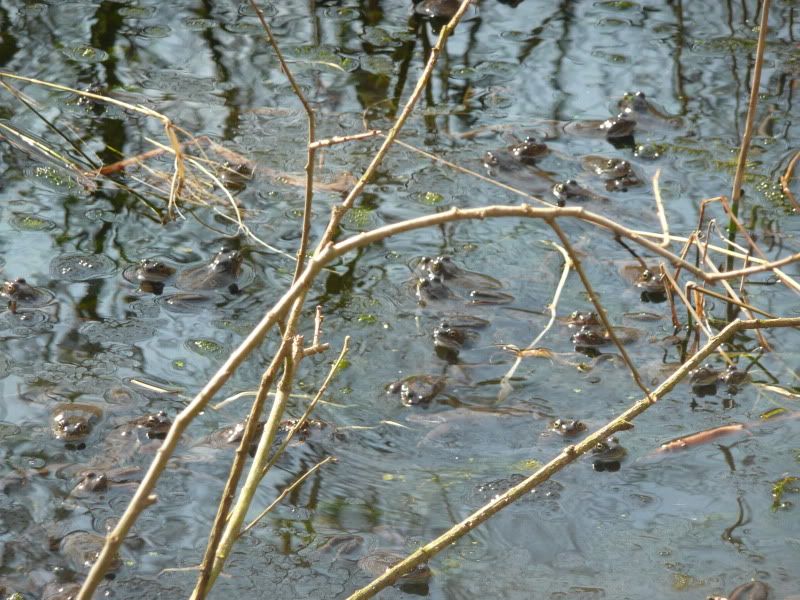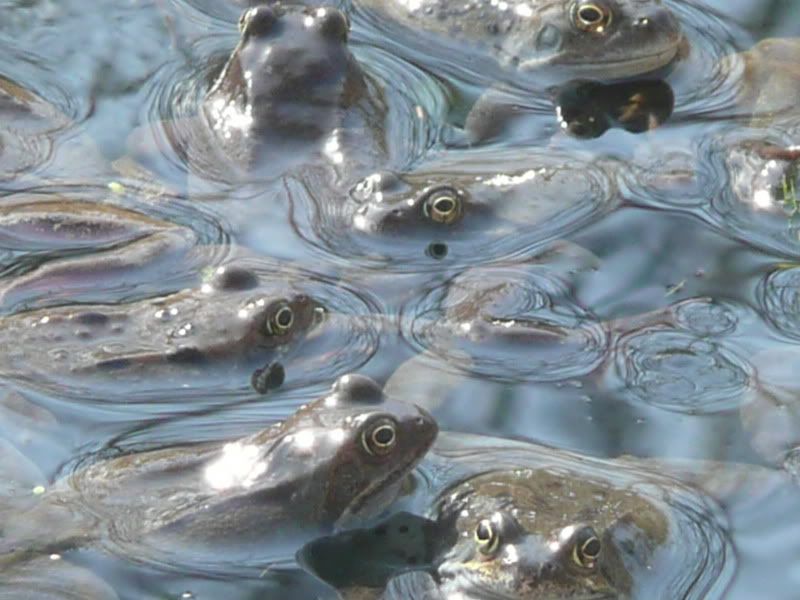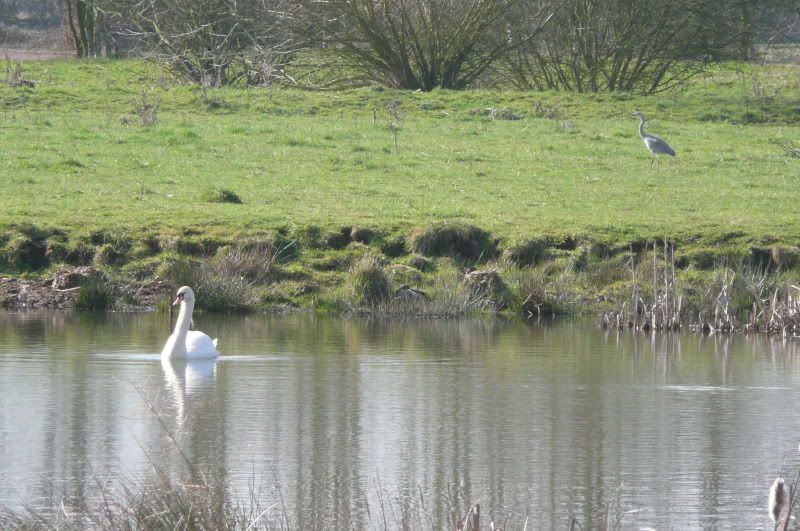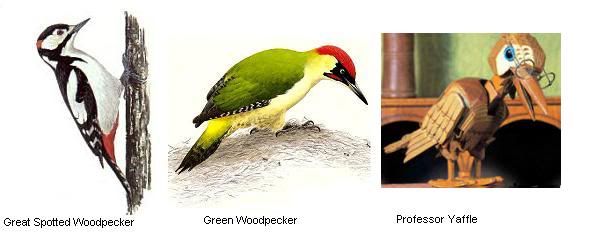I love this time of year, it makes me appreciate to change in the season from Winter to Spring. Just the briefest hint of watery sun, the tiny bit of warmth it offers makes me happy.
It also gets me out of my fitness stupor and I start emerging from my pupae, a plump and translucent skinned glistening lump, to strengthen and toughen as the days get longer.
I’ve started running a little bit again, had a mad few running days in January, but work put paid to my progress. Now, with the longer daylight hours I’ve no excuse really.
I love running on Flitwick and Flitton moor. In Winter the ground is too muddy, but now, it’s firm enough to not splatter too much, with a satisfying spring in the spongy peat. In times gone by, recent times in fact, up to the 1960s, peat was dug out for fuel. There is even an old peat cart and remnants of the tracks and runners it was pushed along, rusting away behind a hedge.
It’s also a great place for wildlife. I’ve been fortunate enough to see frogs mating a couple of times now (another of my blogs has a video of this phenomenon) Frogs Porn Video.
With a bit of patience, you can observe the writhing mass of their bodies and their croaking calls (once disturbed they become self conscious – which is understandable really, considering giants had just stomped up to watch them going at it)
The ponds in amongst the reed beds were just loaded with breeding frogs and their spawn. Their chorus an ubiquitous drone. This photo doesn’t really do them justice.

This close up came out quite well, I was taking photos into the sun, which meant a nice silvery effect from the water.

As for this chap (or lady) – you’re missing out! Get in the scrum!!

On that particular day, we also saw a shy heron, who flew away to a safe distance. In that they aren’t the most quick to get into flight from a standing start, they keep a safe distance from potential dangers. The heron is in the top right of the photo.

And here is a pic of the bark of a silver birch, which caught my eye.

We also saw a Great Spotted Woodpecker drumming from the top of a tall tree. In the distance, we could hear another male replying. It’s all about the territory, a peat turf war. He let us watch him for a bit, then flew off. It’s amazing to think they evolved to have heads with such insulation and shock absorbers as it was freakin’ loud. Head banging is bad for your health.
My wife Debbie is very educational, she let me know that the Great Spotted woodpeckers are the ones that hollow out trees to make nests. The other major British woodpecker species, the Green Woodpecker, aren’t really big on the pecking side of things.
You can hear them more than you see them, they have a laughing like call, which is what Professor Yaffle’s laugh was based on in Bagpuss. So that’s one mystery solved. Professor Yaffle is a Green Woodpecker… not a Great Spotted. And a quick google search shows that “Yaffle” is also a lesser known name for the bird in some areas of the UK. So there you go.

Although normally shy, in the breeding season (now), Green Woodpeckers can get surprisingly bold. I saw two of them displaying to each other, fluffing out their wings and swaying their heads at each other. They ignored me as I watched them. It was really fascinating.
Other recent sightings / news -
Buzzard
Within Southern England, this is quite a big bird of prey. We heard it first, it has a cat like call, it loped away with its big wings pushing it through the air. We’d probably disturbed its feast.
Red Kite
These beautiful birds are not endangered anymore. Once they were a common site, even in London where they’d eat carrion. They’d been pushed to the limits of extinction within the UK. But these distinctive birds with their forked tails are now pushing into the South East again. We see them riding the thermals, circling up high with their distinctive forked tails. They do manoeuvre like kites.
Skylark
Debbie pointed out our first Skylark sighting on 2011, somehow it can fly and sing at the same time. It seems to struggle through the air, buffeted this way and that. When there are loads of these birds flying and singing, it’s pretty noisy.
Kingfisher
Deb has seen them… I haven’t yet. Always looking for that flash of blue lightning whenever I cross the River Flit.
Deer
Muntjacs are the most common species in the two moors and the woods, but so skilled at hiding, you rarely get to see them. Escaped from a private collection (non native, from China), these small deer, with their unusual tusks are now all over Beds and Herts. I couldn’t believe reading a news article where dog owners complained about their pets being gored by these tiny animals. They should be under control when visiting the nature reserve… and all they were doing is defending themselves and their young.
Otters
Most exciting (if you’re into this sort of thing!) is that otters have been seen in the river Flit. We’ve not seen any yet… one can but hope!
No comments:
Post a Comment